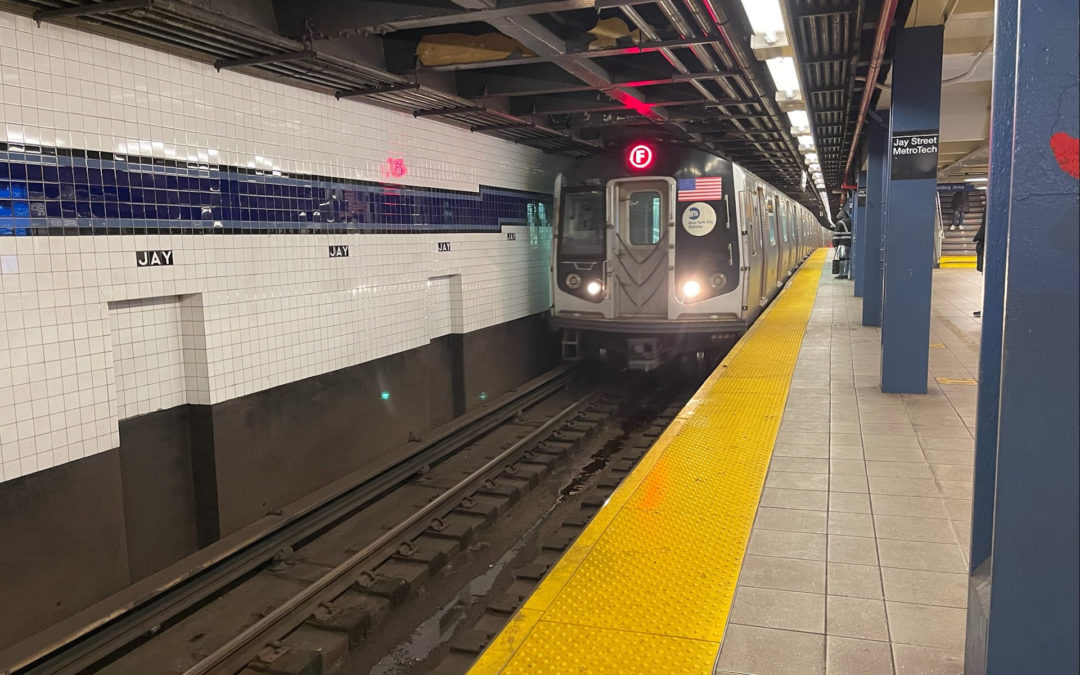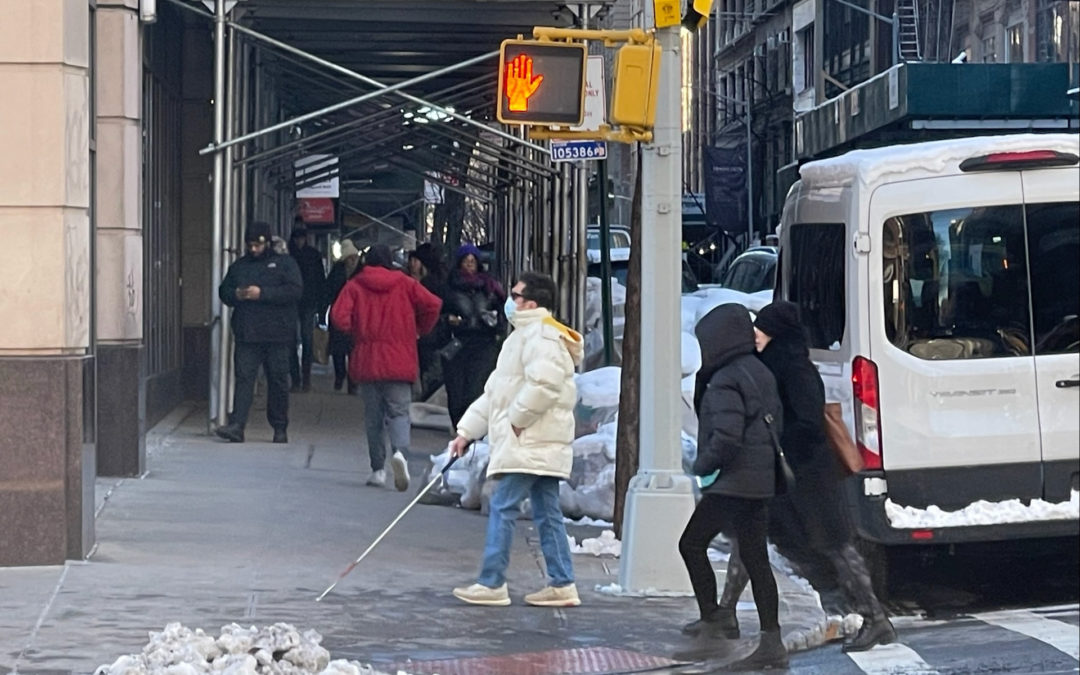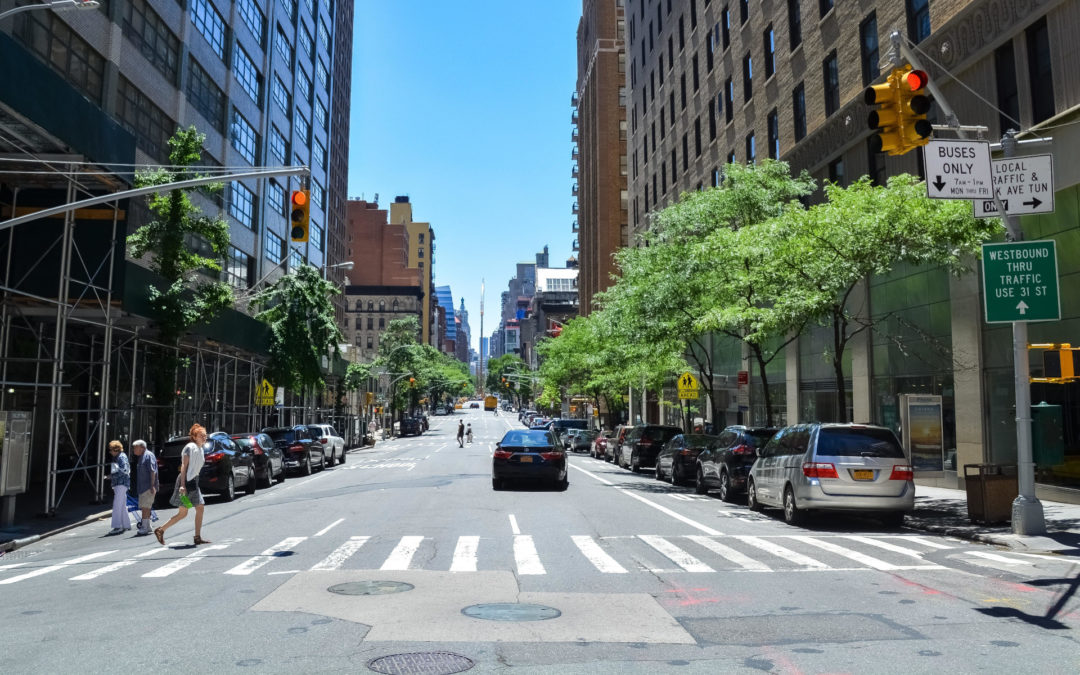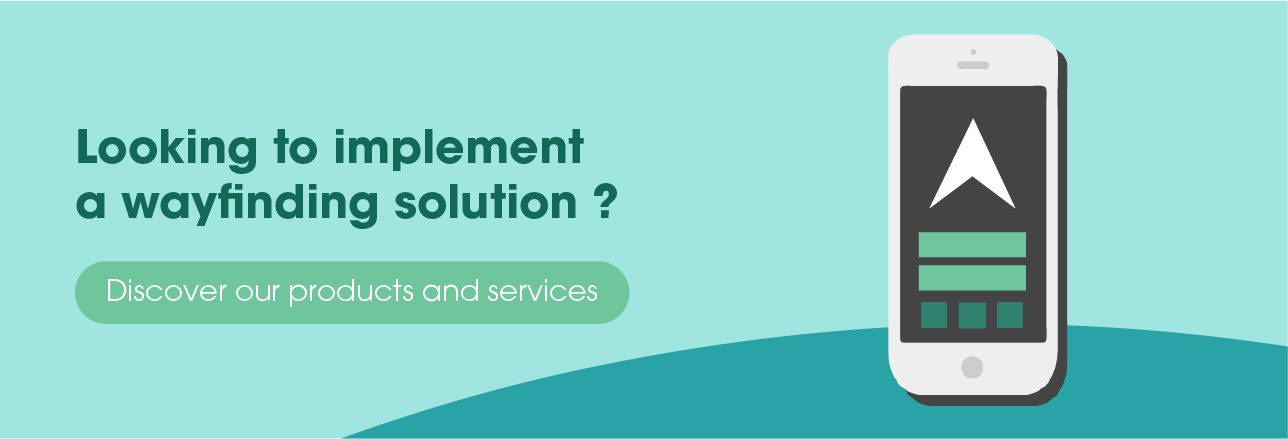Open data represents an opportunity for cities to reach universal accessibility. It shows the missing links of the mobility chain.

City of Christchurch in New Zealand Sets Out Good Example to Help Blind People Cross the Street Safely

City of Christchurch in New Zealand Sets Out Good Example to Help Blind People Cross the Street Safely
Latest statistics from 2013 estimated that there are 30,000 individuals in New Zealand affected by blindness or low vision. Among their day-to-day struggle: road crossing. The City of Christchurch, the 3rd largest city in New-Zealand, made a point of helping blind pedestrians at intersections and crossroads.
How does the City of Christchurch has become a worldwide exemplary city in terms of inclusion of visually impaired people and more generally of people with disabilities? What concrete actions have been put in place to achieve this?
Helping blind people cross the street safely
National guidelines
A May 2015 guideline issued by the New Zealand Transport Agency – Guidelines for facilities for blind and vision impaired pedestrians 3rd Edition – provide best practice design and installation principles for pedestrian facilities to assist people with vision impairment. The document is the work of many different associations including the Blind Foundation that expressed the idea that there was a need for pedestrian facilities consistency throughout the country. This guideline was first produced in 1997 and this is the third revision.
The guideline sets out standards for pedestrian facility design information, tactile ground surface indicators (TGSI) and audible tactile traffic signals (ATTS) which have been applied by cities throughout New-Zealand including the City of Christchurch.
Regarding ATTS implementation, these guidelines state that: “ATTS shall be installed at all new or upgraded signalised intersections wherever traffic signals include pedestrian signals.”
Local policy
Following the publication of these national guidelines, the City of Christchurch has published local policies – Intersection & Pedestrian Crossing Design for People with Disabilities 2016 – to implement these guidelines at local level.
This Policy will apply to:
⊗ new intersections equipped with pedestrian crossings
⊗ replacement and repaired intersections with existing and/or new pedestrian crossings; this only applies to major works.
Suitable and complying facilities will be installed in the situations above to assist people with visual impairment to allow safe and secure crossing at intersections.
According to the policy, these facilities will include, but are not limited to:
⊗ Tactile Ground Surface Indicators (TGSI) or tactile pavers with contrasting colours,
⊗ Audible Tactile Traffic Signals (ATTS) for visually impaired pedestrians,
⊗ Measures to guide and ease the pedestrian’s journey,
⊗ Left turn slip lane, pedestrian crossings and islands (refuges), which may include zebra crossings, vertical deflection (e.g. a raised table) and traffic signals to slow down or stop vehicles,
⊗ Complying with design, location and colour of push button box for visually impaired persons and placing the buttons at a suitable height for wheelchair users.
⊗ Provide drop down kerbs and minimise footpath cambers to assist mobility impaired pedestrians.
⊗ Consider longer “green” periods for crossings close to certain facilities, e.g. retirement villages, hospitals, medical centres, etc.
The City of Christchurch places a great emphasis on facilitating the crossing of pedestrian with disabilities and especially for the visually impaired. But the city does not stop there.
Inclusive Christchurch
The city offers other amenities and services to adapt to the entire population, even to those most in need.
The first service is an interactive map for people with motor or hearing disabilities. This map, available on the city’s website, allows them to find accessible toilets, hearing loops, parking and mobility scooter hire locations in Christchurch. This initiative proposed by the city supports people with specific needs in their travels and helps them to gain autonomy.
The second project aims at promoting an “inclusive, welcoming service model of community recreation”. KiwiAble is a network of people committed to getting more people with a disability involved in sport, recreation and leisure by breaking down barriers to participation. By providing a card free of charge, people living with disabilities are offered up to 50% discounts on different activities. The program also offers advices, promotes the concept of inclusive community and much more!
From a legal point of view, the city’s accessibility policy relies on a 2001 local policy – Equity and Access for People with Disabilities Policy – that conveys the following values:
⊗ Accessibility
⊗ Diversity
⊗ Equity
⊗ Inclusion
⊗ Human rights
⊗ Participation
The text stipulates in particular that “people with disabilities should not be prohibited from participation in their chosen recreational, social or employment activities because of architectural or attitudinal barriers.”
The City of Christchurch has demonstrated initiatives regarding accessibility regulations. Indeed, three years after this local policy, a state law has followed: the Building Act, 2004.
“All building work must comply with the Building Act 2004 by following the New Zealand Building Code. Under this Code, building and design features must allow people with disabilities to carry out normal activities and processes within them”.
In 2013, continuing along the accessibility path, the City of Christchurch has implemented a recovery plan called An Accessible City intended to create better streets for pedestrians, encourage cycling, enhance streetscapes, encourage bus travel, efficient access for vehicles to destinations within the central city, offer new wayfinding systems etc.
According to this plan, all public buildings, roads and footpaths should have now been rebuilt to comply with the Building Act 2001 by following the New Zealand Building Code. This means more accessible and safe street and built environment for people with disabilities but also people with temporary mobility issue, older people and young children.
The city of Christchurch is an example in New Zealand and in the world for its accessibility policy.
But what are the shapes of things to come in the following years? Maybe an audible tactile traffic signals remotely activatable to facilitate the crossing of visually impaired people? Or a digital wayfinding application for disabled people to guide them in complex venues. Only time will tell…
media

The City of Christchurch places a great emphasis on facilitating the crossing of pedestrian with disabilities and especially for the visually impaired. But the city does not stop there.
writer

Zoe Gervais
Content Manager
stay updated
Get the latest news about accessibility and the Smart City.
other articles for you

How Does a Blind Person Use Their Smartphone to Improve Their Mobility?
The smartphone has revolutionized the mobility of blind and visually impaired people.

How to Foster Inclusive Mobility at Public Transit?
What inclusive mobility solutions can improve the accessibility of public transit? Are they cost-effective? The answer lies with phygital…

Paratransit Services for People with Disabilities: Yes You Can Reduce Their Costs
Public agencies spend millions of dollars for paratransit services. But a cost-effective solution could make public transit more accessible for riders with disabilities.

The Crosswalk: Thousands of Years of Evolution
Did you know the first crosswalk emerged in the city of Pompeii more than 2000 years ago? Check out how it has evolved since Antiquity!
share our article!
more articles

Blindness, Low Vision, What Are the Different Forms of Visual Disability?
Blindness, Low Vision, What Are the Different Forms of Visual Disability? Approximately 12 million American people are affected by a visual disability and no less than 253 million people in the world. Who are they? What are their needs? How can we facilitate...
7 Good Reasons to Install Audio Beacons at Your Public Transport Network
7 Good Reasons to Install Audio Beacons at Your Public Transport NetworkHave you heard of audio beacons? It’s probably one of the most effective solutions to help blind and visually impaired people find their way in a complex venue. In a public transport system, audio...

The Ultimate Guide to Accessible Pedestrian Signals
The Ultimate Guide to Accessible Pedestrian Signals Table of contents What are accessible pedestrian signals?Why do cities have accessible pedestrian signals?Who are APS for?How do audible traffic signals work exactly?What is pedestrian detection?Why are...

What You Need to Do to Ensure Accessibility for Deaf People at Public Venues
What You Need to Do to Ensure Accessibility for Deaf People at Public Venues Si votre établissement accueille du public, l'accessibilité aux personnes sourdes n'est pas à prendre à la légère ! Comment rendre votre établissement accessible aux personnes...
NEVER miss the latest news about the Smart City.
Sign up now for our newsletter.
Unsubscribe in one click. The information collected is confidential and kept safe.
powered by okeenea
The French leading company
on the accessibility market.
For more than 25 years, we have been developing architectural access solutions for buildings and streets. Everyday, we rethink today’s cities to transform them in smart cities accessible to everyone.
By creating solutions ever more tailored to the needs of people with disabilities, we push the limits, constantly improve the urban life and make the cities more enjoyable for the growing majority.
















Recent Comments